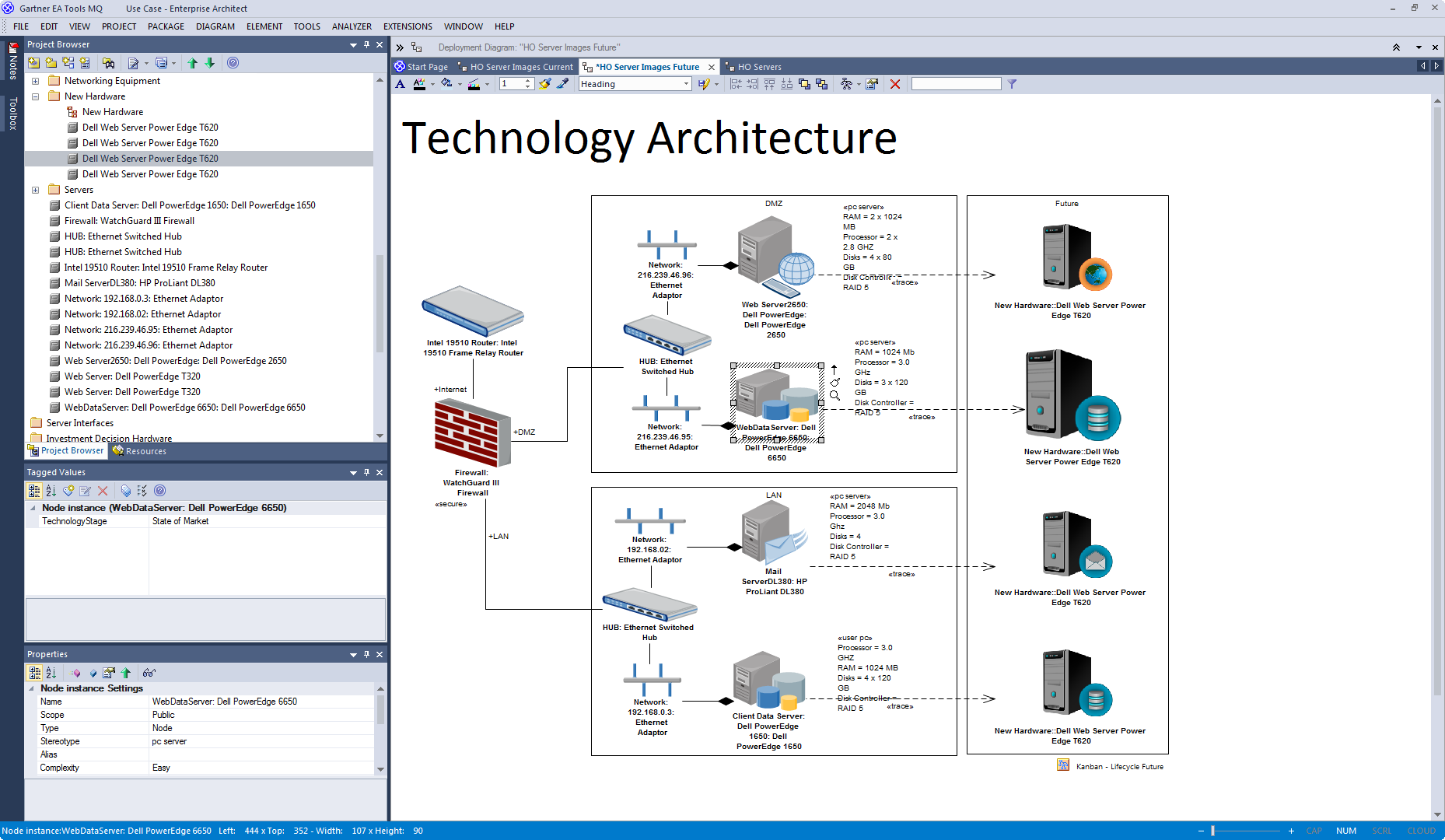


There is a need for better classification to enable more implicit understanding of what type of architecture/architect is being described. They are used to denote a variety of practices and skills applied in a wide variety of architecture domains. "Enterprise Architecture" and "Enterprise Architect" are widely used but poorly defined terms in industry today. 52.2 Need for an Enterprise Architecture Skills Framework 52.2.1 Definitional Rigor

Their value in the context of enterprise architecture arises from the immaturity of the enterprise architecture discipline, and the problems that arise from this. Successfully applied, they can ensure that candidates are fit for the jobs assigned to them. Their value derives from their ability to provide a means of rapidly identifying skill matches and gaps. They are also widely used by recruitment and search agencies to match candidates and roles. They are relatively common for defining the skills required for a consultancy and/or project management assignment, to deliver a specific project or work package. The depth of knowledge required to fulfil the role successfully.Skills frameworks provide a view of the competency levels required for specific roles. This chapter provides a set of role, skill, and experience norms for staff undertaking enterprise architecture work. Architecture Skills Framework Chapter Contents 52.1 Introduction |ĥ2.2 Need for an Enterprise Architecture Skills Framework |ĥ2.4 Enterprise Architecture Role and Skill Categories |ĥ2.5 Enterprise Architecture Role and Skill Definitions |ĥ2.6 Generic Role and Skills of the Enterprise Architect | You are here: TOGAF® 9.1 > Part VII: Architecture Capability Framework > Architecture Skills Frameworkĥ2.


 0 kommentar(er)
0 kommentar(er)
